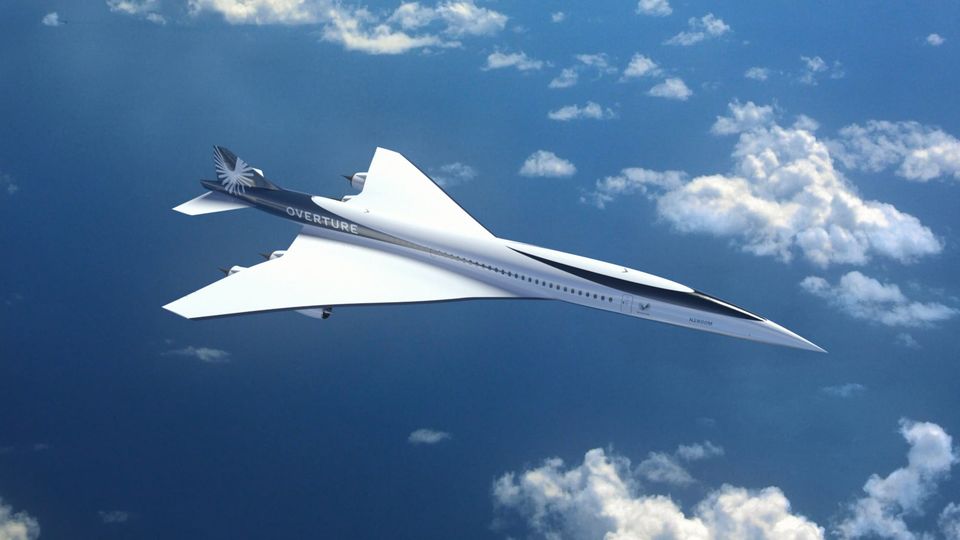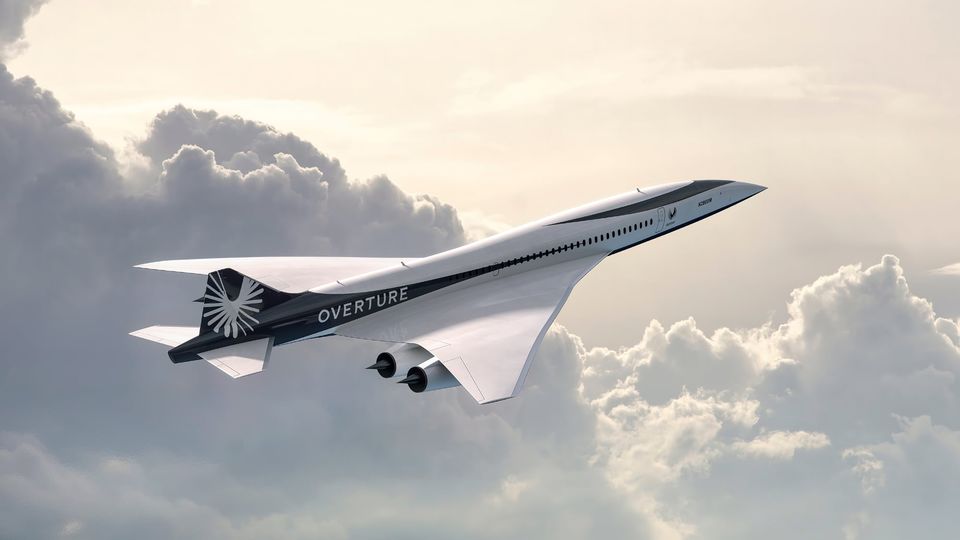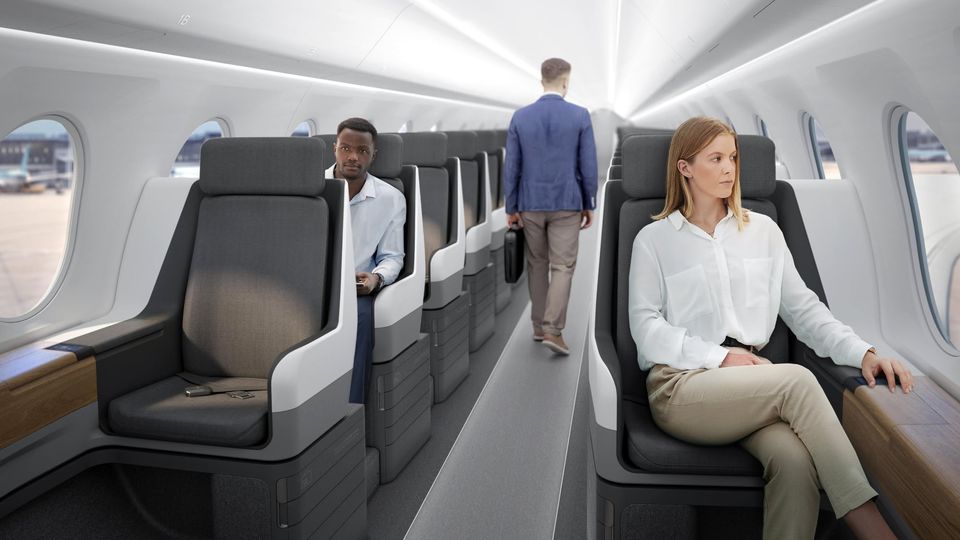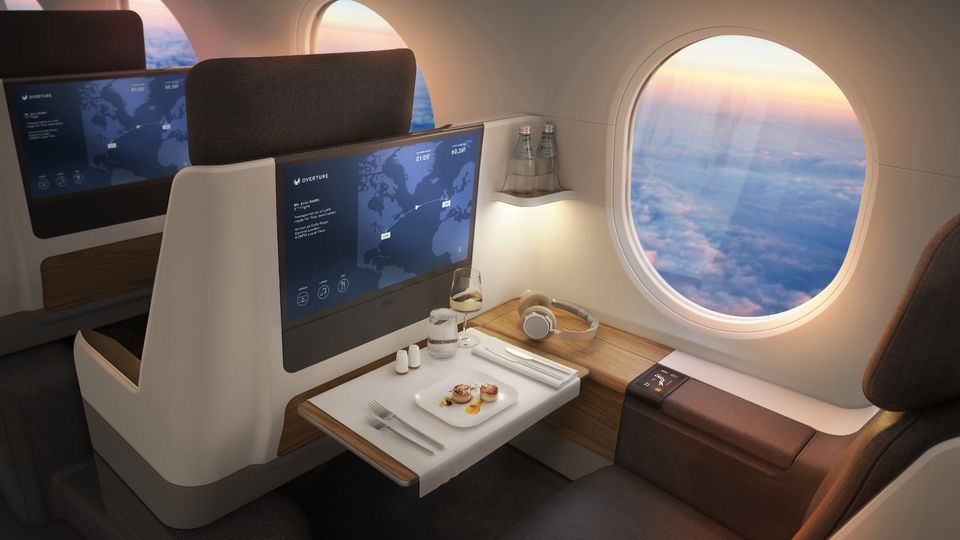Next-gen Concorde makes supersonic debut
Make a supersonic sprint from Sydney, Melbourne or Brisbane to Singapore in under four hours...
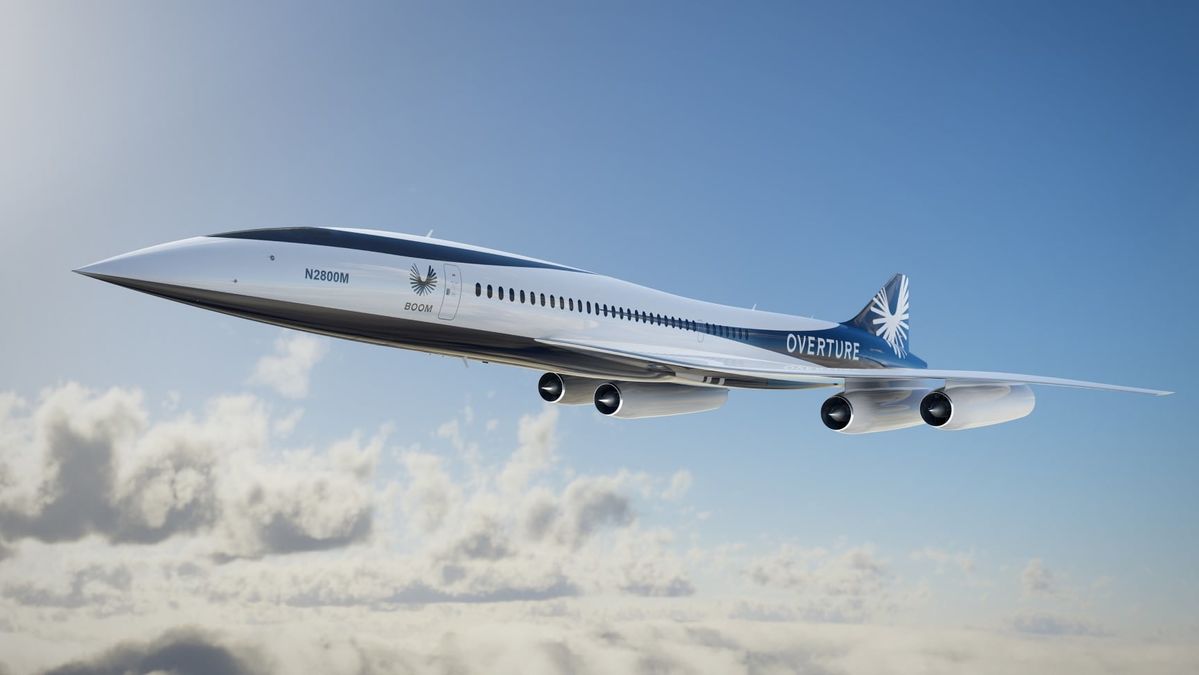
More than 20 years after the Concorde made its final flight, a new jet has smashed the sound barrier as it charts a course towards commercial supersonic flights by the end of the decade.
Dubbed the XB-1, the needle-nose jet with Concorde-style swept wings was carrying just one person – a test pilot – as it clipped Mach 1.12 (a staggering 1,200kph) at an altitude of 35,290 feet high above California’s Mojave Air & Space Port on Tuesday (US time).
The XB-1 is a pint-sized testbed for the Overture: a next-generation supersonic airliner developed by ambitious US startup Boom.
“XB-1’s supersonic flight demonstrates that the technology for passenger supersonic flight has arrived,” says Boom founder and CEO Blake Scholl.
“A small band of talented and dedicated engineers has accomplished what previously took governments and billions of dollars.”
“Next, we are scaling up the technology on XB-1 for the Overture supersonic airliner,” Scholl said. “Our ultimate goal is to bring the benefits of supersonic flight to everyone.”
Travellers could make a supersonic sprint between London and New York or from Sydney to Singapore in under four hours.
As to how much your supersonic ticket will cost, Boom’s goal remains to offer fares comparable to today’s business class pricing.
Overture: the new shape of supersonic travel
With a shape that’s at once retro and futuristic, the Overture will sport four mighty engines – certified to run on 100% sustainable aviation fuels – strapped under swept-back ‘gull wings’.
Those contoured wings have unique blunted tips, which Scholl claims to be 20% percent more efficient while also reduces supersonic noise.
The Overture will be made from carbon-fibre composites, with an “augmented reality vision system” to let pilots see past its long nose for takeoff and landing.
Inside, there’s space for 65 to 80 passengers, depending on how airlines wishes to configure the Overture.
There’ll be just one seat on either side of the aisle (unlike the Concorde’s cramped 2-2 layout) with ample space for working or relaxing.
But the seats won’t become lie-flat beds, because the Overture won’t be spending nearly as long in the air as conventional jets.
Boom expects to have the first Overture roll out of the factory and begin exhaustive test flights from 2027, ahead of regulator approval in 2029.
The company says its Overture “superfactory” in North Carolina could produce 33 of the supersonic aircraft per year; the carrier has received 130 pre-orders from airlines including American Airlines, United Airlines and Japan Airlines.
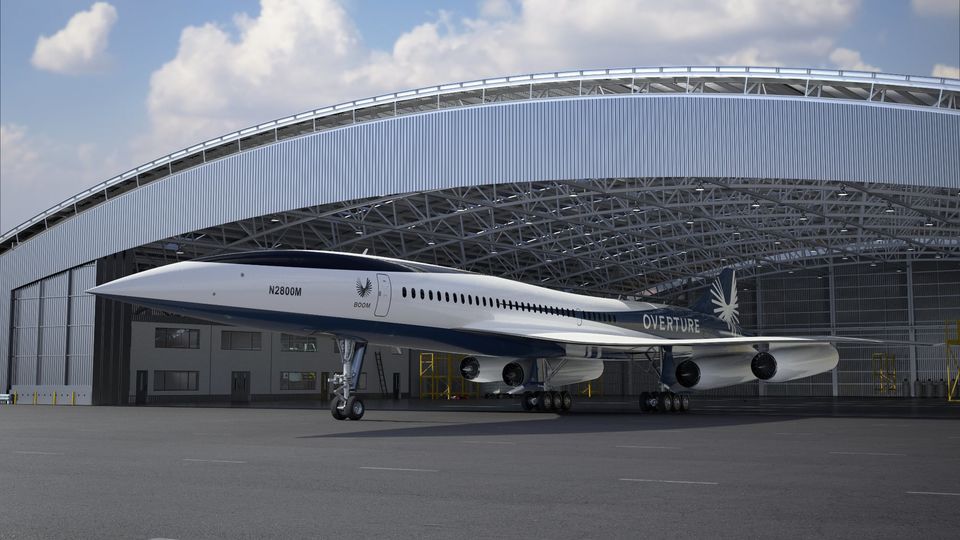
“When we fly twice as fast, cities rarely visited become major travel destinations,” the company states.
“We can attend meetings in far-off places and return for evenings with loved ones. We believe in a world where more people can go to more places more often.”

